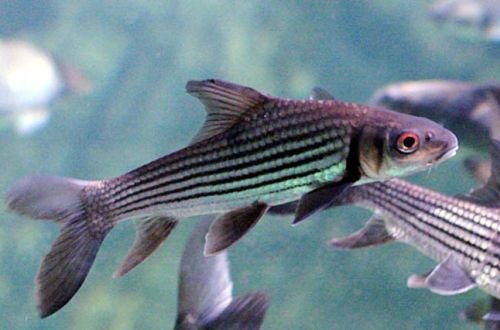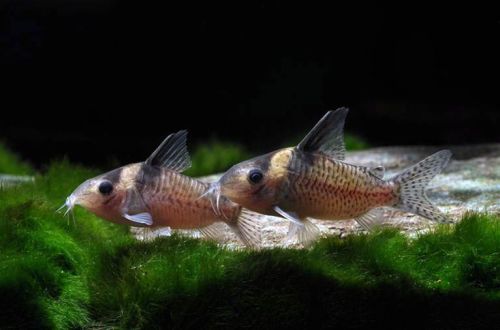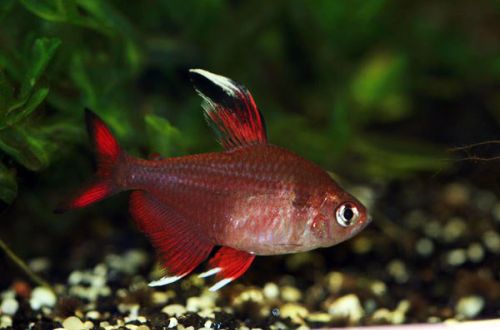
Julien’s golden carp
Julien’s golden carp, scientific name Probarbus jullieni, belongs to the family Cyprinidae (Cyprinidae). It comes from the major river systems of Southeast Asia, such as the Mekong and Chao Phraya, flowing through Thailand, Laos, Vietnam and Cambodia.

In nature, it is on the verge of extinction due to human activities. Agriculture leads to habitat degradation, and dam construction prevents fish from migrating annually upstream to breed.
Rarely found in home aquaria due to its size, although in the past (before the export ban) juveniles were accidentally found in shipments along with other aquarium fish species.
Description
Freshwater giant – adults reach a length of up to 160-165 cm and weigh more than 70 kg! This fish can live up to 50 years. The coloration is gray with rows of five dark horizontal stripes running from head to tail.
Behavior and Compatibility
Julien’s golden carp get along well with relatives and other large species. It is worth remembering that smaller fish can become an accidental victim, but this should not be considered as aggression. Similar feeding behavior is characteristic of many large fish.
Brief information:
- The volume of the aquarium – from 1000 liters.
- Temperature – 22-28°C
- Value pH — 6.0–8.0
- Water hardness – up to 20 dGH
- Substrate type – any
- Lighting – subdued
- Brackish water – no
- Water movement – light or moderate
- The size of the fish is up to 165 cm.
- Food – any sinking food
- Temperament – peaceful calm fish
- Content alone, in pairs or in a group
Maintenance and care, arrangement of aquariums
Optimum conditions of keeping can only be provided in spacious tanks at the rate of 1000 liters per fish. Maintenance will not cause much trouble if the aquarium is equipped with appropriate equipment and connected to water supply and sanitation communications. Arrangement is optional.
Unpretentious to the composition of water. Fish are able to adapt to life in a fairly wide range of values of hydrochemical parameters. The only important thing is the temperature of the water, which should not fall below 22°C.
Food
In nature, it feeds on mollusks, shrimps and other invertebrates, aquatic plants. Accepts popular dry foods used in commercial fish farms.





